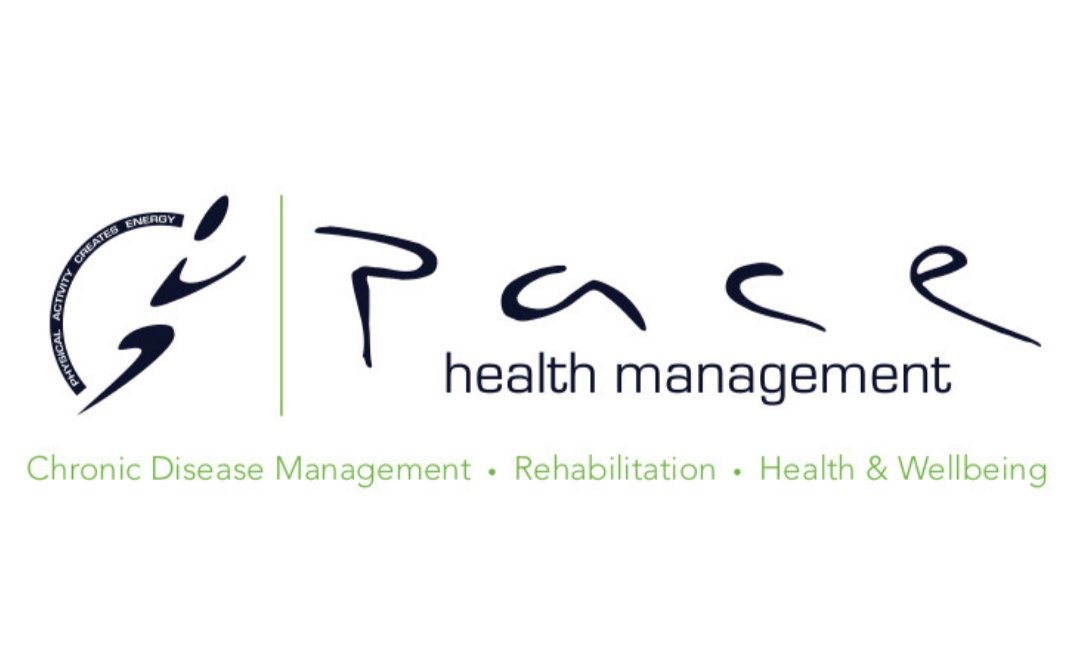How Exercise Can Help Prevent and Manage Arthritis
Arthritis is a condition that affects millions of Australians, causing pain, stiffness, and swelling in the joints. It can significantly impact your quality of life, making everyday activities like walking, climbing stairs, or even opening jars more difficult. While there is no cure for arthritis, exercise can play a vital role in both preventing and managing the condition.
At PACE Health Management, we believe in empowering individuals to take control of their health. With over 20 years of experience helping people live their happiest and healthiest lives, we understand the importance of incorporating exercise into your daily routine, especially when it comes to managing arthritis.
Preventing Arthritis with Exercise
While genetics play a significant role in the development of arthritis, leading an active lifestyle can reduce the risk of developing certain types of arthritis, such as osteoarthritis, which is the most common form. Osteoarthritis is often caused by the wear and tear of cartilage in the joints over time. Regular exercise helps protect the joints by:
Maintaining a Healthy Weight: Excess weight puts additional strain on weight-bearing joints like the hips, knees, and lower back. By engaging in regular physical activity, you can maintain or achieve a healthy weight, reducing the stress on these joints and lowering the risk of osteoarthritis.
Improving Joint Mobility: Exercise helps maintain flexibility in the joints and strengthens the muscles around them. The stronger the muscles around a joint, the more support they provide, which can prevent excessive wear on the joint itself.
Promoting Healthy Blood Flow: Regular physical activity increases circulation, which ensures that the tissues in your joints receive the nutrients they need to stay healthy. This improved blood flow can help prevent the degeneration of cartilage in the joints.
Reducing Inflammation: Exercise has been shown to reduce overall inflammation in the body. Since inflammation is a major factor in the development of arthritis, staying active may help prevent or delay its onset.
Managing Arthritis Through Exercise
For those already diagnosed with arthritis, exercise can be a highly effective way to manage symptoms and improve function. While it might seem counterintuitive to exercise when dealing with joint pain, the right type of activity can actually help relieve pain, improve mobility, and strengthen the muscles that support affected joints.
Here’s how exercise can help manage arthritis:
Pain Relief: Although it may seem paradoxical, regular physical activity can actually help reduce pain over time. Exercise releases endorphins, which are natural painkillers produced by the body. These endorphins can help alleviate the discomfort caused by arthritis. Additionally, exercise helps lubricate the joints, reducing stiffness and promoting smoother, less painful movement.
Increased Strength: By engaging in strength training exercises, you can build the muscles around your joints, providing added support and protection. For people with arthritis, strong muscles reduce the load on the joints, which can help prevent further damage and alleviate pain.
Improved Flexibility: Stretching exercises can increase joint flexibility, helping to reduce stiffness and maintain a full range of motion. Stretching also promotes better posture, which can reduce strain on the joints and decrease the risk of further complications.
Better Mental Health: Arthritis can have a significant impact on mental well-being, leading to feelings of frustration, anxiety, and depression. Exercise is not only beneficial for your physical health but also for your mental health. Physical activity can boost mood, reduce stress, and improve sleep quality, all of which are important for overall wellness.
Types of Exercise for Arthritis
It’s important to choose the right type of exercise when managing arthritis. Low-impact exercises are ideal, as they put less stress on the joints while still providing significant benefits. Some great options include:
Walking: A low-impact activity that helps improve joint mobility and strengthen muscles.
Swimming and Water Aerobics: The buoyancy of water reduces joint stress, making it an excellent option for people with arthritis.
Cycling: A non-weight-bearing exercise that strengthens the muscles around the knee and hip joints.
Yoga and Pilates: These exercises improve flexibility, balance, and strength while being gentle on the joints.
Strength Training: Using light weights or resistance bands can help build muscle strength around affected joints.
At PACE Health Management, we believe that exercise is one of the most powerful tools you can use to prevent and manage arthritis. Whether you’re looking to reduce your risk or alleviate existing symptoms, the right exercise routine can make a world of difference. Our allied health team is here to help you develop a personalized exercise plan that fits your needs and helps you live a healthier, more active life. Remember, it’s never too late to start reaping the benefits of regular exercise.
If you’re living with arthritis, speak with one of our accredited exercise physiologists today to discover how exercise can work for you.
